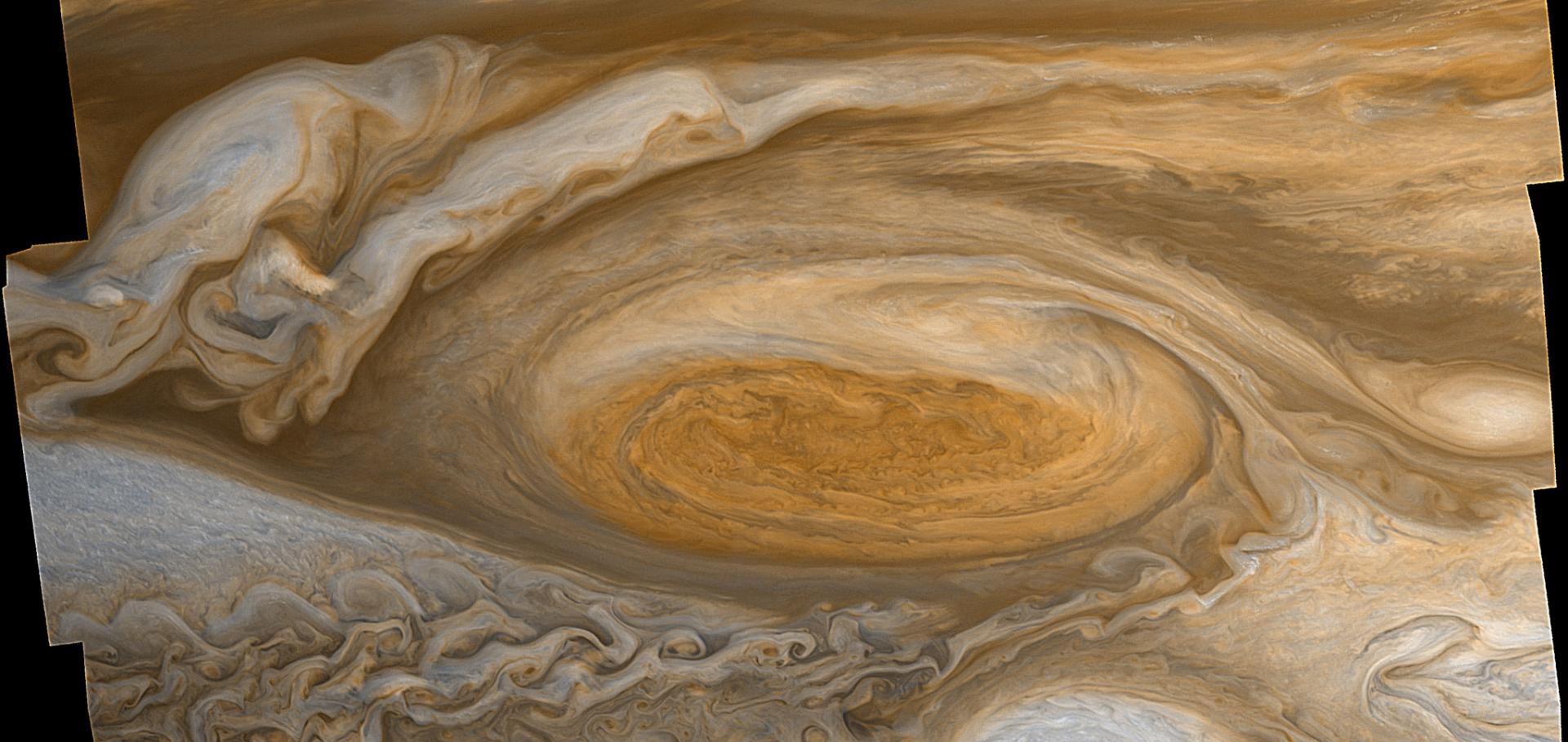Thermal Structure and Dynamics of Saturn's Northern Springtime Disturbance
Science (2011) 1-5
Evidence for Climate Change on Mars
Chapter in Solar System Update, Springer (2010) 135
Abstract:
This book, the first in a series of forthcoming volumes, consists of topical and timely reviews of a number of carefully selected topics in solar systemn science.Synchronization in a pair of thermally coupled rotating baroclinic annuli: understanding atmospheric teleconnections in the laboratory.
Phys Rev Lett 104:20 (2010) 204501
Abstract:
Synchronization phenomena in a fluid dynamical analogue of atmospheric circulation is studied experimentally by investigating the dynamics of a pair of thermally coupled, rotating baroclinic annulus systems. The coupling between the systems is in the well-known master-slave configuration in both periodic and chaotic regimes. Synchronization tools such as phase dynamics analysis are used to study the dynamics of the coupled system and demonstrate phase synchronization and imperfect phase synchronization, depending upon the coupling strength and parameter mismatch.A laboratory model of Saturn's North Polar Hexagon
Icarus 206:2 (2010) 755-763
Abstract:
A hexagonal structure has been observed at ∼76°N on Saturn since the 1980s (Godfrey, D.A. [1988]. Icarus 76, 335-356). Recent images by Cassini (Baines, K., Momary, T., Roos-Serote, M., Atreya, S., Brown, R., Buratti, B., Clark, R., Nicholson, P. [2007]. Geophys. Res. Abstr. 9, 02109; Baines, K., Momary, T., Fletcher, L., Kim, J., Showman, A., Atreya, S., Brown, R., Buratti, B., Clark, R., Nicholson, P. [2009]. Geophys. Res. Abstr. 11, 3375) have shown that the feature is still visible and largely unchanged. Its long lifespan and geometry has puzzled the planetary physics community for many years and its origin remains unclear. The measured rotation rate of the hexagon may be very close to that of the interior of the planet (Godfrey, D.A. [1990]. Science 247, 1206-1208; Caldwell, J., Hua, X., Turgeon, B., Westphal, J.A., Barnet, C.D. [1993]. Science 206, 326-329; Sánchez-Lavega, A., Lecacheux, J., Colas, F., Laques, P. [1993]. Science 260, 329-332), leading to earlier interpretations of the pattern as a stationary planetary wave, continuously forced by a nearby vortex (Allison, M., Godfrey, D.A., Beebe, R.F. [1990]. Science 247, 1061-1063). Here we present an alternative explanation, based on an analysis of both spacecraft observations of Saturn and observations from laboratory experiments where the instability of quasi-geostrophic barotropic (vertically uniform) jets and shear layers is studied. We also present results from a barotropic linear instability analysis of the saturnian zonal wind profile, which are consistent with the presence of the hexagon in the North Pole and absence of its counter-part in the South Pole. We propose that Saturn's long-lived polygonal structures correspond to wavemodes caused by the nonlinear equilibration of barotropically unstable zonal jets. © 2009 Elsevier Inc. All rights reserved.Assessing eddy parameterization schemes in a differentially heated rotating annulus experiment
Ocean Modelling 32:3-4 (2010) 118-131


